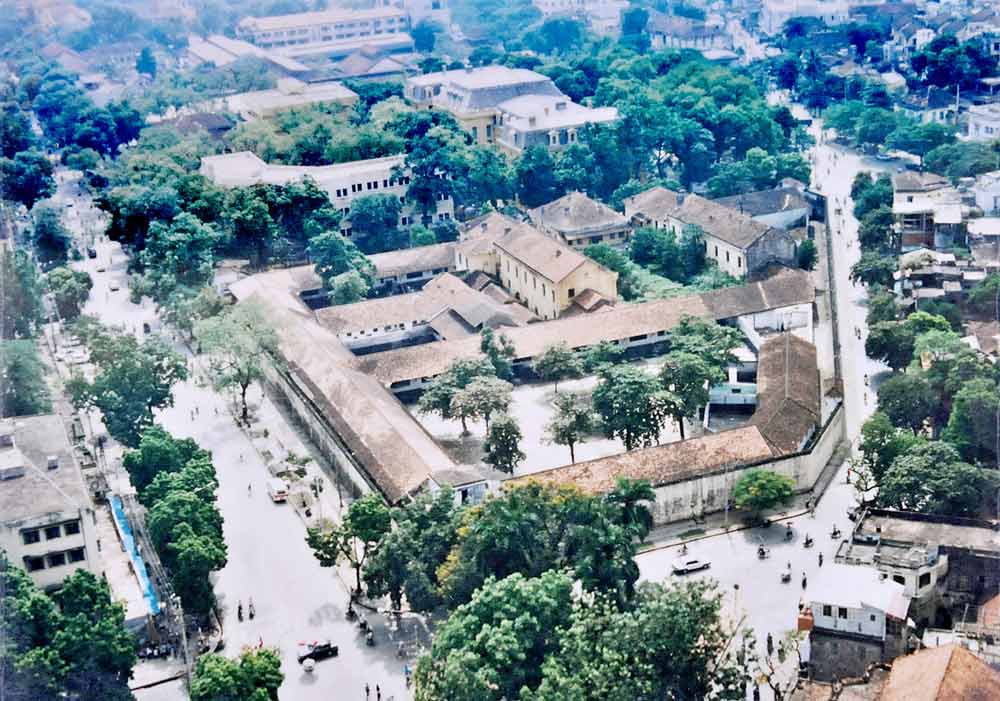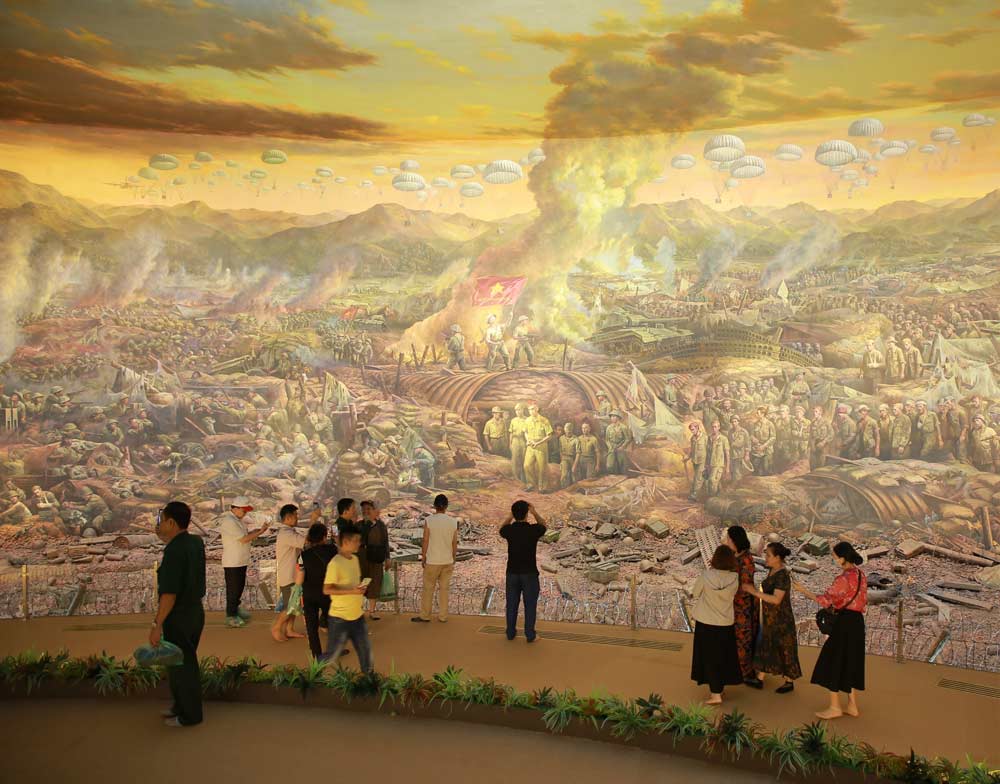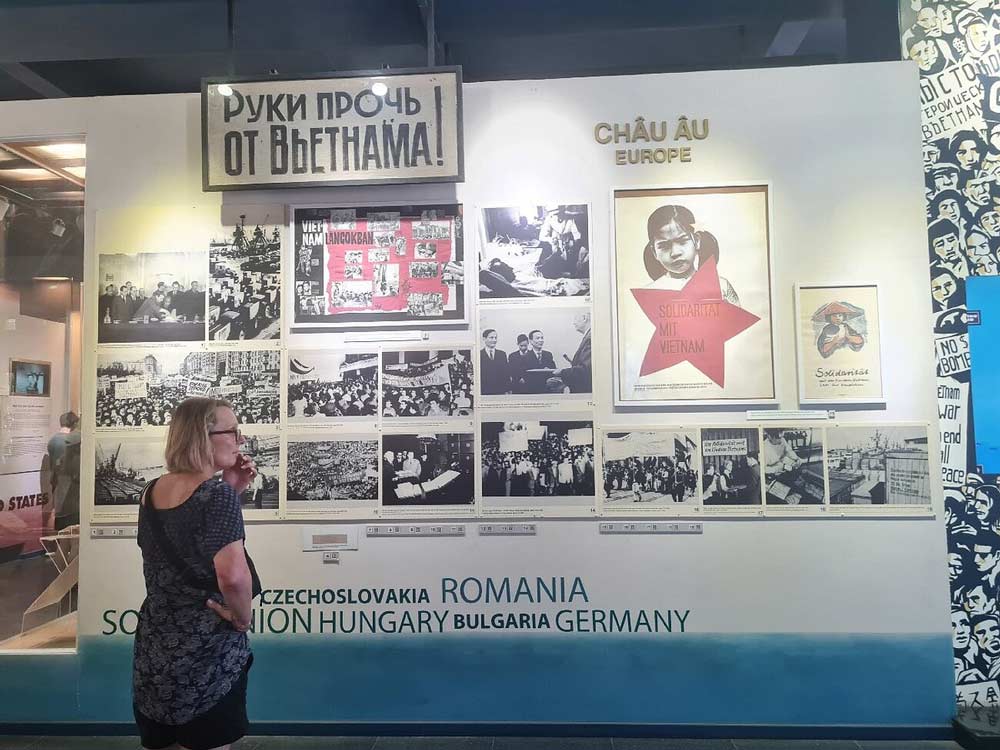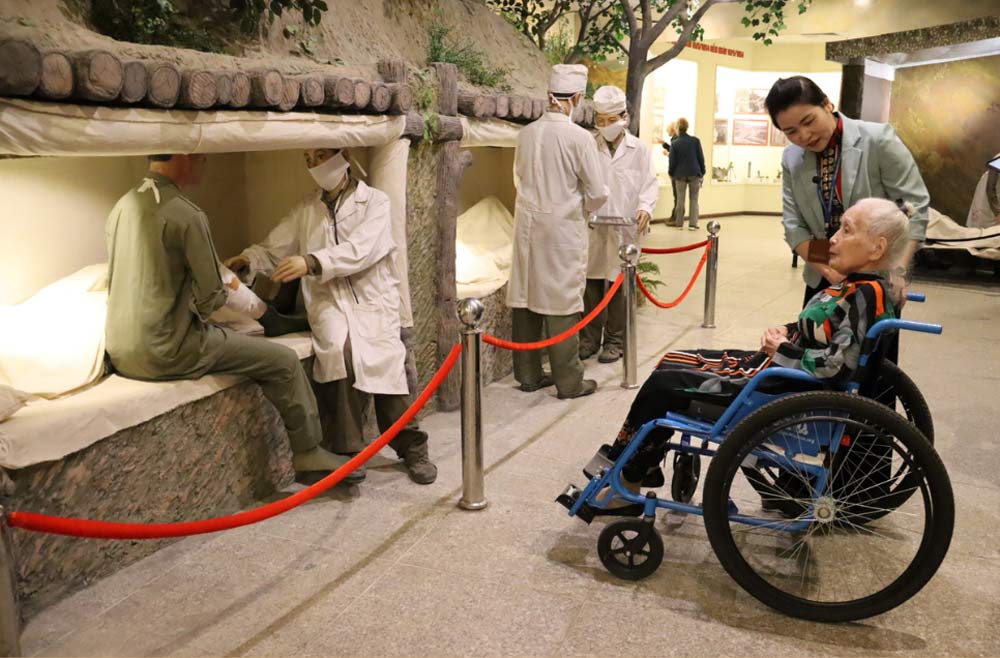Embark on a journey through Vietnam's poignant past, a land where the echoes of resilience and rebirth shape the nation's soul. War museums across this vibrant country stand as custodians of a history marked by conflict yet underscored by an indomitable spirit of survival. These sanctuaries of memory offer travelers a unique lens through which to view Vietnam, not just as a destination of natural beauty and cultural richness but as a testament to the power of human endurance and peace. For those drawn to the depth and complexity of Southeast Asia's stories, a visit to Vietnam's war museums is an essential chapter, illuminating the shadows of the past while highlighting the light of progress and reconciliation. Here, history is not merely observed but felt, inviting a profound connection to the heart and heritage of Vietnam.

Venturing into Vietnam's war museums is akin to opening a book where every page whispers tales of courage, loss, and the relentless pursuit of peace. These institutions are not merely repositories of artifacts; they are vibrant classrooms that offer profound lessons on Vietnam's turbulent past and its journey towards reconciliation and growth. Just as a phoenix rises from ashes, Vietnam's transformation from war-torn landscapes to a beacon of development is a narrative that demands to be understood in its entirety.
War museums serve as poignant reminders of the human cost of conflict, turning statistics into stories and numbers into names. Each exhibit, photograph, and relic tells a personal tale, bridging the gap between past and present and reminding us of the resilience that lies at the heart of humanity. It's through these powerful displays that visitors are invited to walk a mile in the shoes of those who lived through the conflicts, fostering a sense of empathy that transcends borders.
Engaging with these stories cultivates global citizenship, urging us to reflect on the impact of war and the priceless value of peace. Like seeds of understanding planted in the fertile ground of empathy, the insights gained from visiting war museums can blossom into a commitment to fostering peace and reconciliation in our own communities and beyond. For travelers seeking to grasp the essence of Vietnam, these museums offer a gateway to not only the country's history but also to the universal human experiences of struggle, resilience, and hope.
Venture into the heart of Vietnam's military history through its premier war museums, each a guardian of the stories that have shaped the nation.

Step into a realm where the Vietnam War's legacy is palpable in every exhibit. This museum doesn't just showcase the conflict's artifacts; it tells the stories of both soldiers and civilians caught in the turmoil, through powerful photographs and personal narratives. It's a place where history's impact is measured in human terms, making it an essential visit for those seeking to understand the war's profound effects on Vietnam and the world.

Known as the "Hanoi Hilton," this site transcends its grim nickname to share tales of endurance and resilience. Once a prison for Vietnamese revolutionaries and later American POWs, its walls speak volumes about the spirit of those who resisted amidst adversity. The museum stands as a testament to survival, dignity, and the complexities of war.

This museum brings to life the pivotal battle that marked the end of French colonial rule in Indochina. Through artifacts, photographs, and detailed displays, visitors gain insights into a turning point in history that resonated far beyond Vietnam's borders, highlighting the strategic brilliance and determination that led to a historic victory.
For a deeper dive into Vietnam's layered military history, consider exploring other sites like the Cu Chi Tunnels, offering a glimpse into guerrilla warfare tactics, or visiting memorials dedicated to peace and reconciliation. These sites and museums together weave a narrative of a nation's struggle, resilience, and the ongoing journey towards healing and understanding.

Visiting Vietnam's war museums is akin to walking through a field of memories, each step uncovering layers of history that carry profound emotional weight. These spaces, sacred keepers of the past, demand our utmost sensitivity and respect. Just as one would tread lightly in a place of worship, visitors to these museums are encouraged to approach with a heart of empathy and mindfulness, understanding the depth of sacrifice and suffering enshrined within.
When stepping into these halls of history, imagine yourself as a guest invited to listen to tales of resilience and pain. Speak softly, as if in reverence for the stories being shared, and dress modestly, honoring the solemnity of the experiences commemorated here. Allow yourself to fully absorb the narratives without haste, recognizing the humanity in each story, and the universal longing for peace that they echo.
These museums not only serve as custodians of the past but as classrooms teaching the invaluable lessons of peace and reconciliation. They remind us that amidst the echoes of conflict, there exists a powerful hope for a world where understanding and compassion triumph over division. As travelers, we're given the rare opportunity to reflect on these lessons, carrying them with us long after our visit ends.
Engaging with Vietnam's war history responsibly is a journey of learning and reflection, where each exhibit, artifact, and photograph enriches our understanding of not only Vietnam's past but the precious value of peace. It's a reminder that history's greatest lesson is the resilience of the human spirit and the enduring pursuit of harmony amidst the shadows of conflict.

Exploring Vietnam's war museums opens the door to understanding, but stepping beyond their thresholds extends the narrative into the heart of the nation itself. Imagine these museums as the prologue to a much richer story that unfolds through personal connections and community engagement across the country.
Venturing beyond the museum walls, travelers have the unique opportunity to engage with war veterans, whose personal stories breathe life into historical facts, transforming them into lessons of resilience and the human spirit. These encounters, akin to reading a living book, provide a deeply personal perspective on Vietnam's past, enriching your understanding of the country's history.
Complementing these personal narratives are peace-building workshops and community projects, which offer hands-on experiences in contributing to Vietnam's healing and growth. Participating in these initiatives is like sowing seeds of peace and understanding, fostering a legacy of reconciliation that benefits future generations. It's an opportunity to learn from the past and actively contribute to creating a more harmonious future.
Supporting local communities affected by the legacies of war can take many forms, from engaging with local artisans and purchasing their crafts to volunteering in community development projects. Each act of support is a thread that helps weave a stronger social fabric, mending the scars of conflict with stitches of solidarity and compassion.
The journey beyond Vietnam's war museums is a pathway to deeper connections, understanding, and contribution. It's an invitation to be part of a continuing story of recovery, resilience, and peace, offering a more comprehensive experience of Vietnam's rich cultural landscape and its people's enduring spirit.
Venturing into Vietnam's war museums is not just a journey through the corridors of history; it's a deep dive into the heart and soul of a nation shaped by resilience and hope. These sacred spaces offer more than lessons; they forge connections to the stories and spirits that have sculpted Vietnam's identity. We invite you to share your own experiences and insights from visiting these poignant sites, whether in Vietnam or elsewhere around the globe. Your stories contribute to a tapestry of collective memory and understanding, enriching our global narrative. Join the conversation below and explore further resources to continue your exploration of Vietnam's complex past and its enduring impact on its vibrant culture and people.
From ancient artifacts to modern masterpieces, Vietnam's museums offer a visual feast for the senses. Immerse yourself in this vibrant tapestry on our Best of Vietnam Tour – where every step is a discovery.
Experience the true spirit of Vietnam with our custom-designed tour packages, ensuring a unique and personal adventure that reflects your individual tastes and unveils the country's hidden wonders.